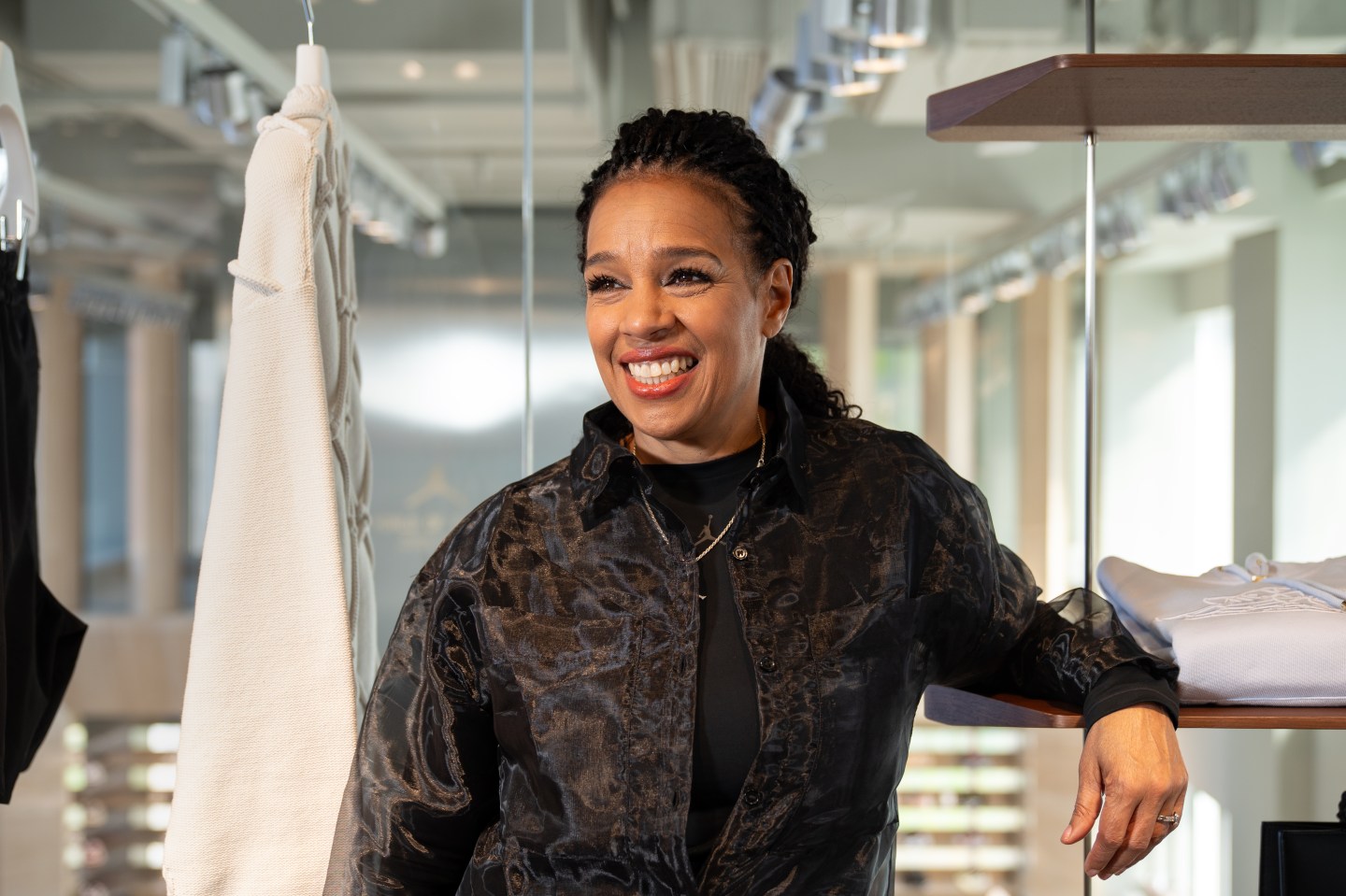Good morning!
The labor movement is having a moment—quite a few, actually. And that momentum is likely to continue through 2024.
Over the past few years, we’ve seen major companies respond to unionization efforts in all kinds of ways, from Amazon taking disciplinary action against workers involved in a unionizing campaign at a Staten Island warehouse, to Starbucks agreeing to sit at the bargaining table after two years of resistance.
Because many more workplaces are likely to organize in the near future due to a new National Labor Relations Board ruling that makes organizing logistically easier, it’s important that managers know how to respond the right way when their workers consider forming a union.
HR and communications experts who I spoke with say that first and foremost, companies and managers should take the opportunity when employees are interested in unionizing to reflect on why this is happening. “This an opportunity to say: ‘What have we done, what have we not done that has led us to a point where our own employees feel like their only recourse to get us to listen is to organize?’” says David Kryscynski, an associate professor of human resources at Rutgers University.
From then on, it’s important to gather important stakeholders in one room to make sure management is communicating clearly, being transparent with employees, and trying to emphasize real-life conversations over digital missives.
But it’s equally important to know how management should avoid responding to a union drive. That includes not taking it personally, staying away from any kind of reactionary messaging, and ditching any kind of token gestures intended to placate workers without a thorough follow-through.
Perhaps it’s most important for employers to remember that “workforces are not interested in destroying companies,” says Kryscynski. “Employees want to be treated fairly, they want to be treated respectfully, and they want to be able to live happy lives and be healthy at work.”
Check out more in-depth coverage of what HR and communication experts had to say here.
Paige McGlauflin
paige.mcglauflin@fortune.com
@paidion
Around the Table
A round-up of the most important HR headlines.
- While the market for white-collar salaried jobs has slowed, workers’ demand for switching jobs is high—85% of 1,000 professionals surveyed are considering new work this year, up from 67% the previous year. —Wall Street Journal
- An MIT study investigating concerns over AI replacing human workers has found the technology isn’t currently a cost-effective substitute for a majority of jobs. —Bloomberg
- Six months ago, New York City implemented the country’s first AI hiring law requiring companies to disclose software used in hiring and promotion decision-making. But so far, few employers have followed it. —Wall Street Journal
Watercooler
Everything you need to know from Fortune.
Stop fixating, start learning. Shaid Shah, the global president of Mars Food & Nutrition, gives his best career advice for upward success: worry about learning in your role, not getting that promotion. —Orianna Rosa Royle
Avoiding burnout. A huge chunk of the workforce has reported feeling burnt out at work. Here are some key emotional tools to thrive under stress. —Trey Williams
WFH mythbuster. A company famous for going fully remote just released a survey about how employees feel about the arrangement. Perhaps it’s no surprise that their own employees are overwhelmingly enthusiastic, with 92% saying the policy is critical to their ability to do their best work. —Jane Thier
This is the web version of CHRO Daily, a newsletter focusing on helping HR executives navigate the needs of the workplace. Sign up to get it delivered free to your inbox.













